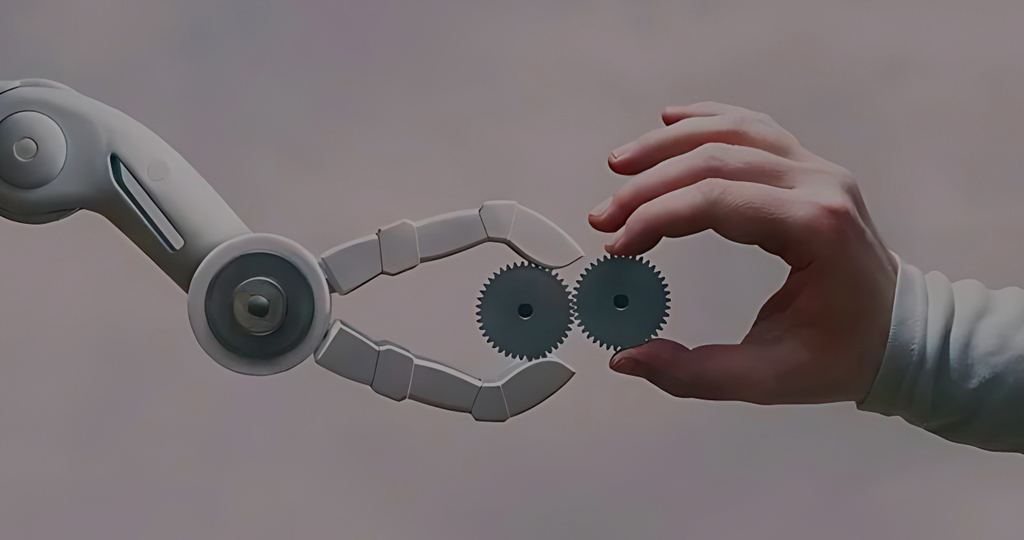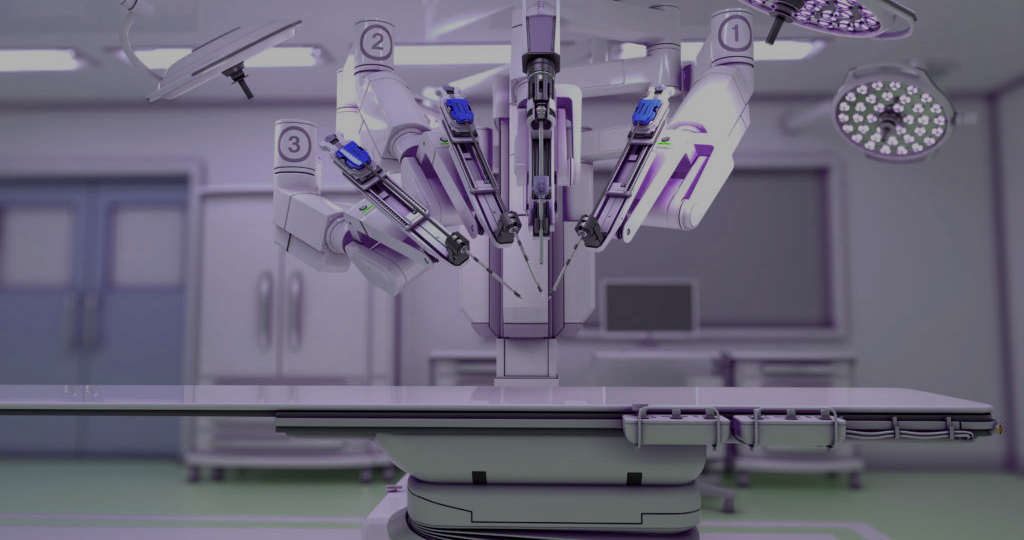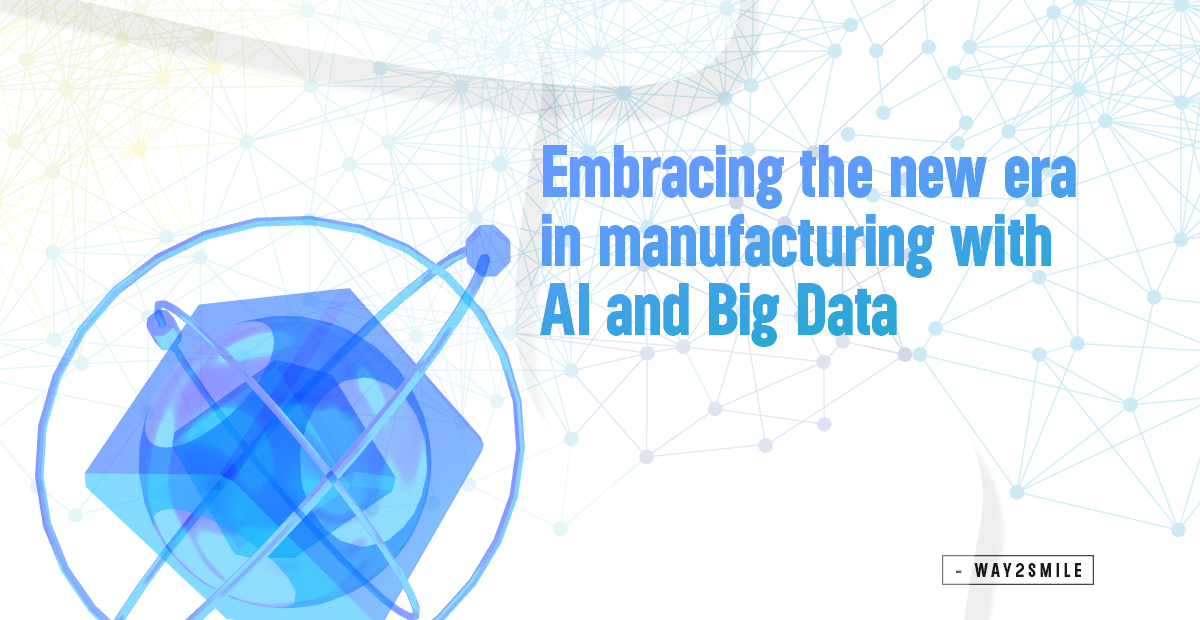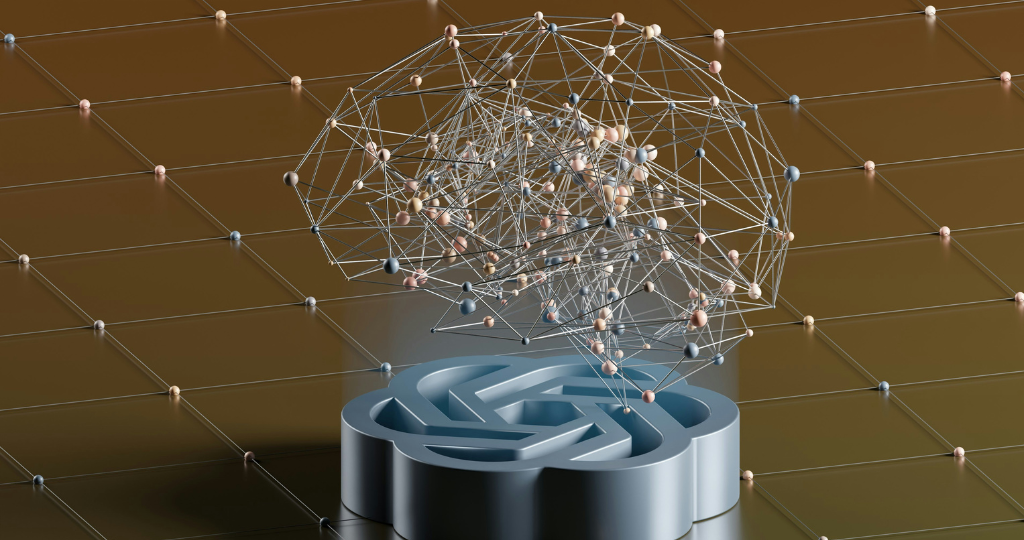Key Takeaways
- Collaborative intelligence between humans and AI is a powerful force for business success, where AI enhances human capabilities.
- “Can AI replace human intelligence?” - While AI excels at tasks like diagnosing diseases and language translation, it is not poised to replace human workers; instead, it complements them.
- AI amplifies human skills, improves decision-making, boosts creativity and in no way or other can replace human intelligence.
- Human-AI collaboration benefits businesses and requires a deep understanding of how they complement each other.
- Training and sustaining AI machines are responsibilities of humans, essential for a responsible and effective partnership.
Can AI replace human intelligence? This is the most contemporary question floating among those who debate the topic of “AI vs. Human”. Artificial intelligence has started to become better at many jobs that were done by humans, which include diagnosing diseases, translating languages, and providing customer service. This has raised fears that AI will ultimately at one time in the future replace human workers throughout all sectors. But that’s probably not going to happen. While AI will alter how work gets done and who does it, the technology’s larger impact will be in complementing and maximizing human capabilities, not replacing them.
A lot of companies have already started to use AI to automate processes, but those that deploy it mainly to replace employees will see short-term productivity gains only. With Human AI collaboration, humans and AI actively enhance each other’s complementary strengths, such as leadership, creativity, teamwork, and social skills of humans, and the speed, and scalability of AI. Let’s discuss more about how the Human-AI partnership can enhance businesses and ventures.
How is Human-AI Collaboration Valuable?
Optimizing teamwork between humans and artificial intelligence benefits businesses. The fusion of human and AI consciousness brings immense value by combining human creativity, emotional intelligence, and adaptability with AI's data processing and analytical prowess, leading to unprecedented problem-solving and innovation. Companies must understand how humans can most successfully complement AI technology, how machines can enhance what humans do best, and how to build business processes to accommodate the partnership in order to fully benefit from this collaboration. There are certain established guidelines to assist businesses in accomplishing this and putting the power of collaborative intelligence to work.
Why Should Humans Train and Sustain AI?
In the hunt for transformational growth for the future, humans have the responsibility to train and sustain AI for a better partnership. Humans must train AI machines to perform certain tasks and sustain the responsible use of machines. Machine-learning algorithms should be taught to machines so that they get to know how to perform the work they’re designed to do. With this effort, huge training data sets are collected, which can aid us in a ton of ways, like, medical apps to detect disease, and fintech apps in financial decision-making. In addition to this, AI systems must be trained on how to interact with humans in the best possible way.
While organizations across sectors are now in the early stages of filling trainer roles, top tech companies and research institutions already have good training manpower with great expertise. With people who can train AI, companies need “sustainers”. These employees continually work to ensure that AI systems are functioning properly, responsibly, and safely. The developers of AI robots that work alongside people in factories and other hostile environments should pay careful attention to ensure that they recognize humans nearby and don’t endanger them.
How can AI help Humans?
AI-powered machines are helping humans expand their abilities in a lot of ways. They can amplify our cognitive strengths, interact with customers and employees, make free time for important tasks, implement human skills to extend physical capabilities, and much more. AI boosts our analytic and decision-making abilities by providing the right information at the right time. In addition to this, AI also improves creativity. Human-AI collaboration enables companies to interact with their employees and customers in more effective ways. To get the most from AI, business operations need to be redesigned. To achieve this, companies must discover and describe a business operational area that can be enhanced and improved. It might be an existing internal process, or it could be a previously unsolvable problem that can now be addressed using AI.
With a number of new AI and advanced analytic techniques, we can help surface previously invisible problems that can be solved using AI. A lot of business operations require speed as a key element to get things done efficiently. The best example to showcase this is the detection of credit card fraudulent activities. Companies can determine whether they should approve a given transaction in just a matter of seconds. This is achieved with the introduction of AI algorithms, which can eliminate fraudulent activities, thereby enhancing financial operations and security.
AI is transforming web design and enhancing the user experience in numerous ways. It analyzes user behavior and preferences to create personalized interfaces, making navigation intuitive and content relevant. AI-powered chatbots provide instant support, improving user engagement. By providing customized information and guidance, AI can help employees make better decisions. This can be especially valuable for workers in mines, trenches, and other hostile environments, where making the right call can help in a lot of ways.
Providing customers with individually personalized brand experiences helps boost sales. With AI, such personalization can now be achieved with unimaginable precision on a vast scale. Scaling up enterprises with AI and cloud computing is a strategic game-changer. AI automates tasks, enhances decision-making, and optimizes operations. Cloud computing provides scalable infrastructure, reducing costs and enabling remote collaboration. Together, they empower businesses to expand, innovate, and stay competitive in the rapidly evolving digital landscape.
How to Improve Human-AI Collaboration?
Redesigning and reimagining a business process involves more than the adaptation and implementation of AI technology, it also requires putting a team full of employees together who have the essential skills that will enable them to work efficiently with the new human-AI interface. Employees should also have the ability to combine their human skills and the abilities of the AI machine to achieve a better business outcome that should be better than the results that were produced previously with the older and traditional work process. It is expected that in the future, job roles in companies will be redesigned around the desired outcomes of reimagined business processes, and corporations will be organized around different types of skills rather than around traditional job titles.
Conclusion
Most of the business operations and activities at the human-machine interface require people who can do new and different things efficiently. So far, however, only a small number of businesses and organizations have already begun to redesign and reimagine their business processes to optimize and enhance collaborative intelligence between humans and artificial intelligence. But one thing has become very clear, organizations that merely use machines to displace or replace workers through automation will not harness the full potential of AI. Such a strategy is misguided and will not result in success. Tomorrow’s leaders in this economy will be those who embrace collaborative intelligence and transform their operations, their markets, their industries, and their workforces. A leading Mobile app development company in Dubai, Way2Smile Solutions, provides software solutions to their clients, leveraging the benefits that can be extracted from the collaboration of humans and AI. Our team possesses the ability to draw the boons from this beautiful human AI collaboration and provide reliable and safe solutions that empower businesses to grow exponentially.







